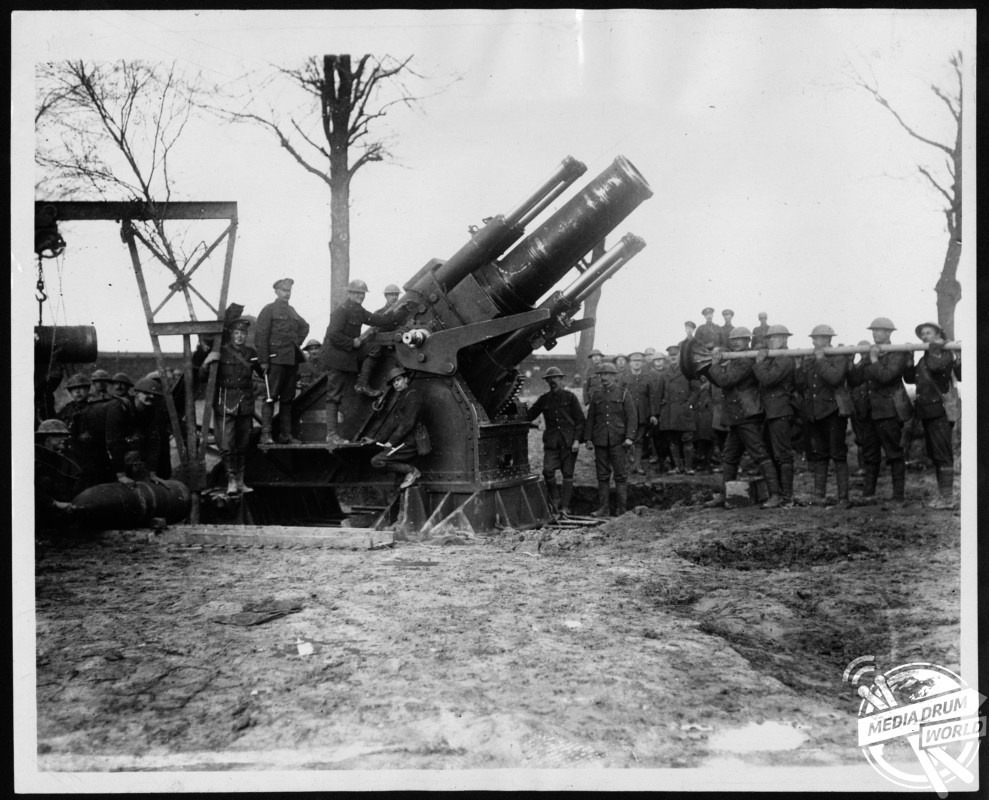
By Tom Dare
INCREDIBLE IMAGES from the First World War featuring a series of Scottish soldiers fighting on the Western Front have resurfaced today on Burns’ night, 100 years since the end of one of the bloodiest conflicts in human history.
Images show a group of soldiers at the Battle of the Somme standing up to their knees in mud, while another shows a group of kilted Highland Regiment soldiers on their way to the trenches on the Western Front.
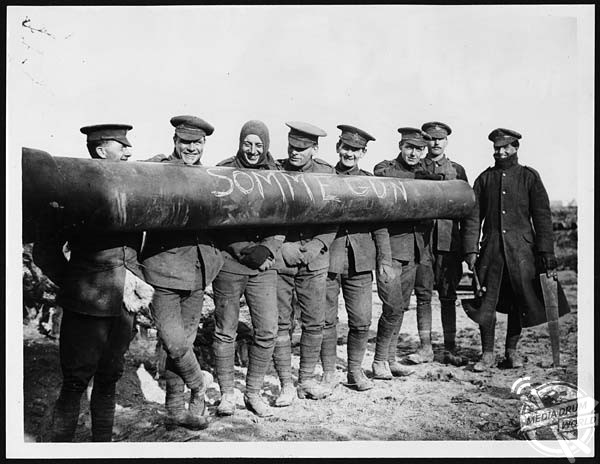
More light-hearted pictures from the collection show a lone pilot sat in the cockpit of his plane with his pet fox sat on the nose, with further images showing a group of troops, some from the Highland Regiment, playing a game of basketball with each other as they take some down time.
Scotland joined the First World War when Britain declared war in 1914, with Scottish regiments being represented in nearly every major battle during the conflict. This included the campaigns in Gallipoli, the Battle of Jutland, the Battle of the Somme and the Battle of Loos. Edinburgh was also directly targeted by German zeppelins during a 1916 bombing campaign, with 13 people losing their lives.
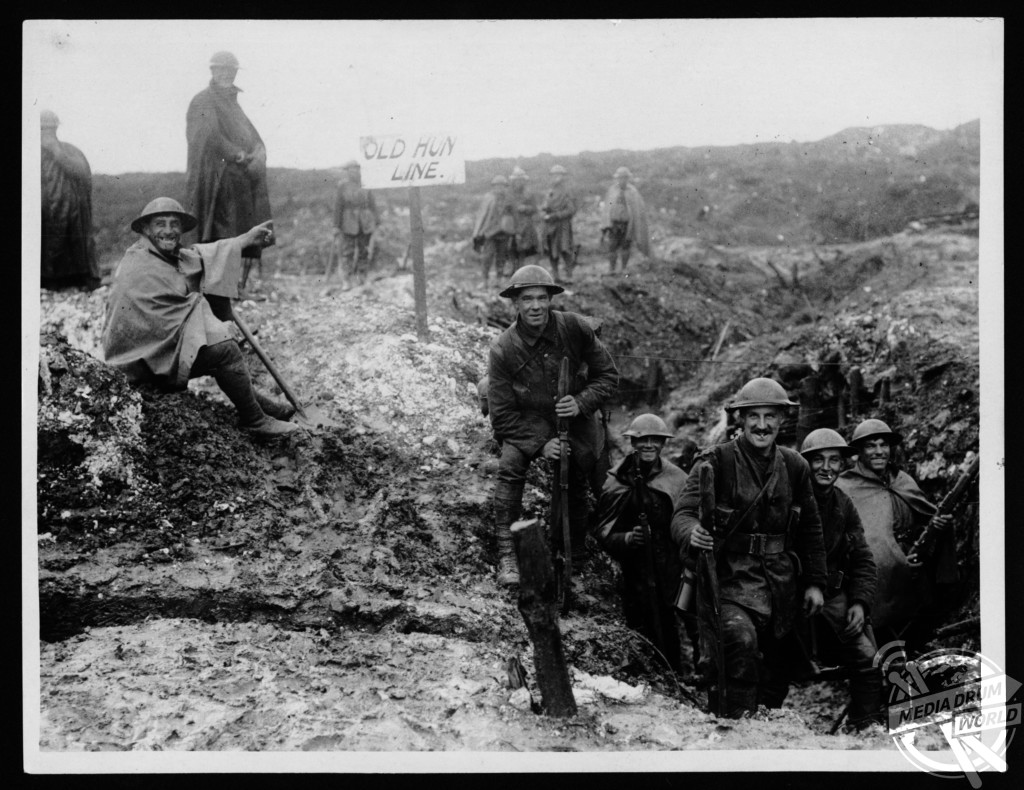
The total number of Scottish dead during the First World War is not known precisely, but some estimates put the number as high as 110,000, approximately 10 per cent of the entire male population of Scotland between the ages of 16 and 50. Historian John Lewis-Stempel perhaps best summed up the sacrifice of the Scottish people when he said:
“In 1914 Scotland would send forth her warrior sons again. And how. The 4.6 million Scots comprised less than 10 per cent of Britain’s pre-War population; they made up 13 per cent of the volunteers of 1914-1915. The Regular professional British Army was already Scots-heavy.
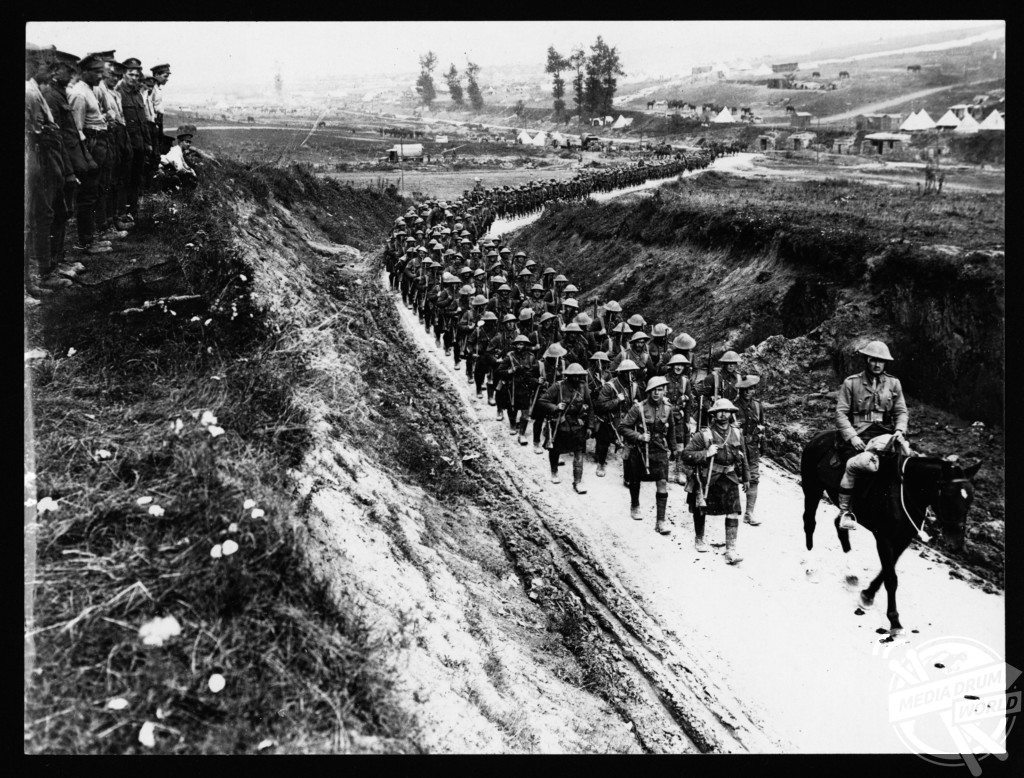
“The voices of pacifism were strident but few. Most Scots saw Scotland’s needs as identical to those of Britain’s. Anyway, was not invaded Belgium a small nation too, like Scotland? The novelist Neil Munro, creator of the Para Handy stories about a sly Clyde tugboat skipper, caught Scotland’s mood in verse:
Come awa, Jock, and cock your bonnet,
Swing your kilt as best ye can;
Audl Dumbarton’s Drums are dirlin’
Come awa, Jock, and kill your man.
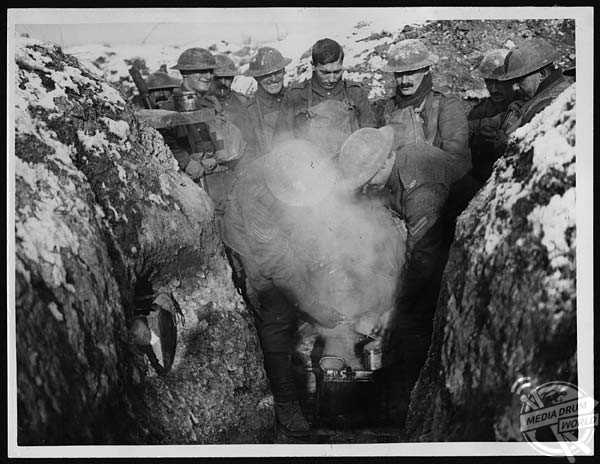
“Scotland heeded him. The recruiting drums hit on notions of martial glory and honour deep in the Scottish body politic, as well as on the need of many in the Central Belt for an escape from the boredom and poverty of factory life. By 1918, 688,416 Scots, half of the country’s male population between 18 and 45, had borne arms. And given their blood.
“Regiments sporting tartan and glengarry bonnets were conspicuous in the great assaults on the Western Front: Loos, the Somme, Arras, and Cambrai. Casualty statistics are their own minefield, yet it is likely the death rate in Scots regiments was more than 15 per cent compared to a British Army wartime average of 13 per cent.






